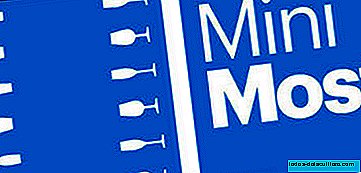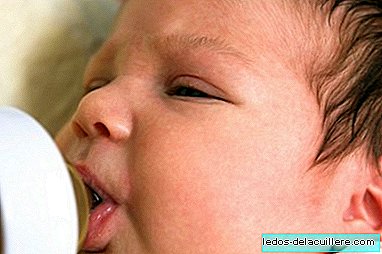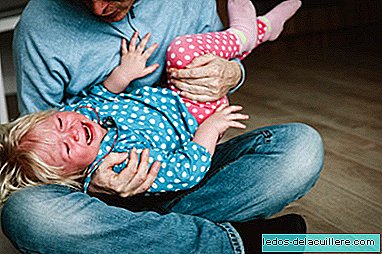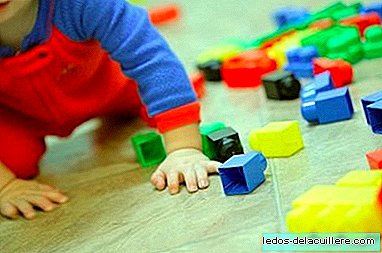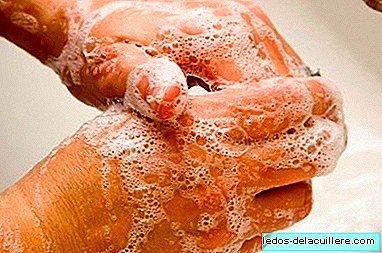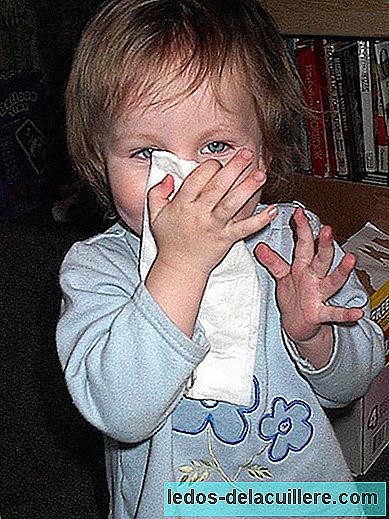
The nosebleeds (or epistaxis) are usually harmless, although it is normal for us to get a little scared the first time we see our son bleed through the nose. On the other hand too they are easy to control, so in principle we are not facing an alarming situation.
Inside the nose there are many small blood vessels, so bumps and irritations can cause bleeding, when injured. Therefore, colds can be the cause by irritating the internal mucosa; although a very dry nose may also be prone to bleeding.
It is rare that the cause is diseases such as impaired blood clotting or accumulated blood pressure. Although on some occasions (as they tell us in En Familia) it may be related to the use of medication from nasal medication (as decongestants). These hemorrhages usually occur in the frontal area of the nasal septum, since in the tissue that separates the two nasal cavities there are many fragile blood vessels that are easily injured. Y it also usually happens only in a nostril.
Can they be prevented?
If the cause of the epistaxis was a warm and dry environment, a humidifier could be useful, especially in the child's bedroom (there are children who bleed at night, even while they sleep).
There are doctors who recommend wash the nostrils with saline water, this serves to help clean the nose inside, and also to humidify.
When blowing your nose, it should be done gently, and using a handkerchief. Nothing to force the nose to blow, and it would also be useful for children do not poke your nose so as not to irritate it anymore; This is sometimes difficult because some tend to remove the mucus with their fingers, but we can remind them that it is more convenient to use scarves.
There are sports that can lead to blows to the face, such as rugby, hockey or karate, and especially in competitions the suitability of protectors that keep the nose safe should be assessed.
After bleeding, the nose is more sensitive, and it is when you should be careful not to touch it much, and avoid blows for a few days.
Learn to cut the bleeding
In this First Aid interview, Julia and Eva (nurses) briefly explained how to do it.
But remember that the simplest and most effective maneuver is press both sides of the nose making 'pincer' with index and thumb - in the soft area under the bone or septum -; and that the child's head should not be pulled back: it is preferable to dirty the floor or clothing rather than letting the blood be swallowed.
The compression should be maintained until the bleeding stops, and that will occur between five and 30 minutes after starting to tighten. It is not necessary to plug with cotton, but if you do, do not forget it inside.
In case we repeat the operation twice in a row and do not stop bleeding, we should take it to the doctor. If this happens, we will explain how it happened, and also the measures we have taken, including plugging with cotton, if this is the case.
Sometimes (rare) the doctor should cauterize the bleeding area, or use a specific ointment
What is important is that they do not scratch or sound immediately after having treated a hemorrhage.
When should you ask the doctor for help?
Anytime you need information, or do not feel safe about bleeding in your child's nose, and especially:
Haemorrhage has not stopped after 30 minutes
It occurs after a head injury.
If the nose may be broken (It is suspected if it appears deformed after a blow or injury).
If they occur repetitively, or very often, and are not related to a cold or minor irritation.
Remind you finally, that an epistaxis does not have to be worrisome, and even if you see a lot of blood, that is only because there are many blood vessels inside the nose. In this situations, you must remain calm so as not to alarm the children.


